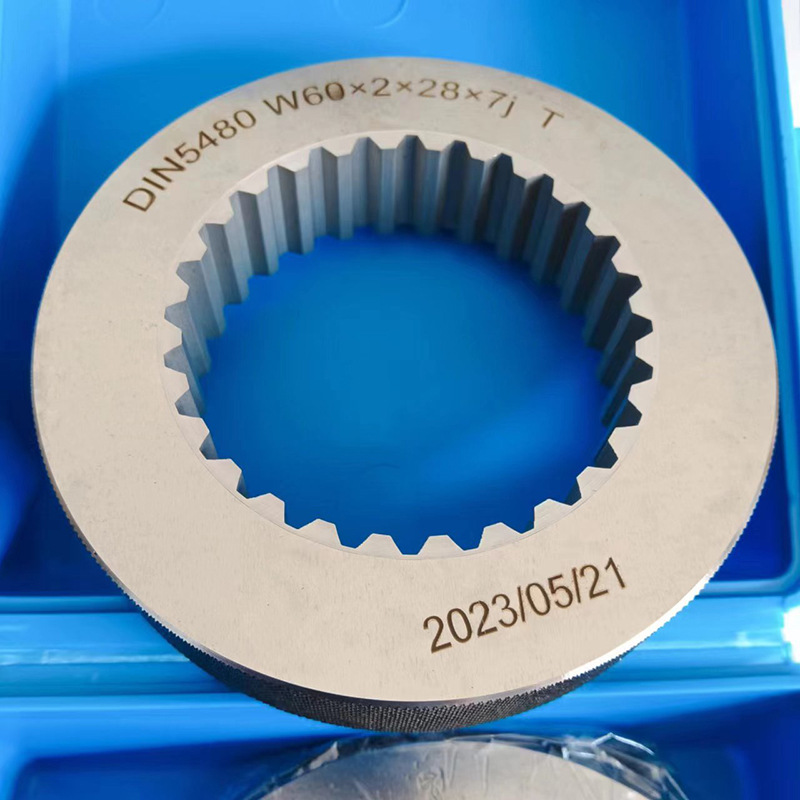Oct . 16, 2024 00:38 Back to list
Different Types of Check Valves and Their Common Applications in Various Industries
Understanding Check Valve Types and Applications
Check valves are essential components in various fluid systems, designed to allow fluid to flow in one direction while preventing backflow. This vital function helps maintain system efficiency and safety, making check valves an indispensable part of many applications, from residential plumbing to industrial processes. In this article, we will explore the different types of check valves and their respective applications.
Types of Check Valves
1. Ball Check Valves This type features a ball that sits in a conical seat. When fluid flows in the intended direction, the ball is lifted off the seat, allowing for unrestricted flow. However, when flow reverses, the ball falls back into the seat, preventing backflow. Ball check valves are commonly used in water and sewage applications, as well as in pumps to prevent backflow.
2. Swing Check Valves These valves use a hinged disc that swings open and closed. When the fluid flows forward, it swings the disc open, allowing flow. When the flow reverses, gravity and the fluid pressure cause the disc to swing back and close against the seat, effectively stopping backflow. Swing check valves are ideal for larger pipes and are often found in water distribution systems and power plants.
3. Lift Check Valves Lift check valves function similarly to a globe valve. They utilize a movable plunger or disc that rises with forward flow and returns to its seat to stop backflow. These valves are typically used in applications that require a higher degree of sealing and are found in boiler feedwater systems and other high-pressure environments.
4. Diaphragm Check Valves These valves use a flexible diaphragm that seals the flow path. When fluid flows in the correct direction, the diaphragm is pushed off the seat, allowing flow. If flow attempts to reverse, the diaphragm seals against the seat, preventing backflow. Diaphragm check valves are often used in applications involving corrosive fluids and are common in chemical processing.
5. Spring Check Valves Incorporating a spring mechanism, these valves close under back pressure. They can be installed in any orientation and are useful in low-pressure applications. Commonly found in heating systems and irrigation systems, spring check valves are advantageous for preventing backflow without significant pressure differentials.
Applications of Check Valves
check valve types and applications

Check valves are utilized across a spectrum of industries due to their critical role in preventing backflow
1. Water Treatment Facilities Check valves protect pumps and piping from backflow, ensuring that treated water remains uncontaminated and that the processes within the facility remain efficient.
2. Manufacturing In various manufacturing processes, check valves regulate fluid flow and protect equipment from damage due to unexpected flow reversals. For example, they can be found in systems handling oils or chemicals where contamination could lead to hazardous situations.
3. Oil and Gas Industry Check valves are crucial in this industry, where they maintain pressure and prevent backflow in pipelines transporting crude oil or natural gas. They are also used in refining applications to ensure the safe movement of materials.
4. HVAC Systems In heating, ventilation, and air conditioning (HVAC) systems, check valves help maintain system pressure and prevent the movement of fluids in the wrong direction, which is essential for efficient operation.
5. Fire Protection Systems Check valves are integral to fire protection systems, ensuring that water flows in the correct direction to and from fire pumps and hydrants, helping to maintain pressure and availability of water for firefighting.
Conclusion
Check valves are vital components in a variety of applications, ensuring the safe and efficient flow of fluids in numerous systems. Understanding the different types of check valves and their specific applications can help engineers and technicians select the right valve for their needs. Whether in residential settings or complex industrial environments, the proper use of check valves contributes significantly to system reliability and overall safety.
-
Why Metric Trapezoidal Thread is Ideal for Precision Motion ControlNewsAug.05,2025
-
The Unique Properties of a Block of Granite for Industrial UseNewsAug.05,2025
-
The Role of Flanged Y Strainers in Preventing Pipeline ClogsNewsAug.05,2025
-
The Importance of Regular Calibration for Master Ring GagesNewsAug.05,2025
-
How a Cast Iron Surface Table Enhances Accuracy in ManufacturingNewsAug.05,2025
-
Comparing Different Check Valve Types for Optimal Flow ControlNewsAug.05,2025
Related PRODUCTS









